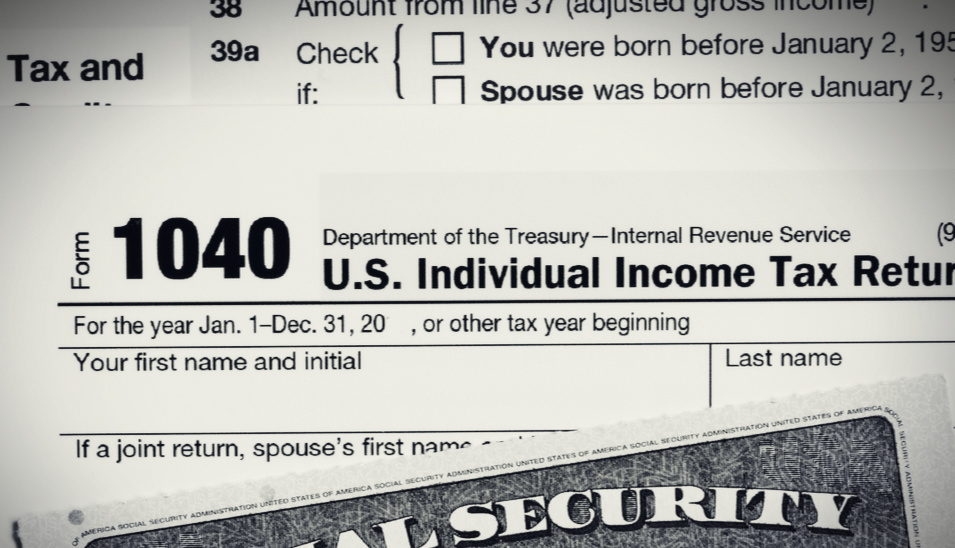
As 2024 draws to a close, it’s an ideal time to evaluate your financial strategies and take advantage of year-end tax planning opportunities.
As we head into the holiday season, another season looms in the distance: tax season.
Don’t wait until March to see how 2024 shook out for you tax-wise, plan ahead as we approach the end of the year. Now is the time to review your finances, consult with a tax professional if needed, and implement strategies that can potentially benefit you both now and in the years ahead. Whether you’re looking to minimize your taxable income, boost charitable giving, or make the most of flexible spending accounts (FSAs), below we share some strategies that can help you proactively plan for the upcoming tax season while you can still make changes.
- RMDs (Required Minimum Distributions) Due In Retirement
Required minimum distributions (RMDs) must be withdrawn from traditional retirement accounts like 401(k)s and IRAs by December 31 each year beginning at age 73. There is no grace period to April 15 tax day; RMDs must be taken by December 31. Failure to adequately withdraw funds could result in a 25% excise tax in addition to taxes owed, and there are many rules to follow about amounts due as well as which accounts require withdrawals or can be aggregated for one withdrawal. This is why it’s recommended that you work with your tax and financial professionals to do the calculations and implement the withdrawals on your behalf.
- Calculate RMDs (Required Minimum Distributions) Before Retirement
Even if you are not 73 or older, at least five to 10 years before you plan to retire you should start working with your financial advisor to calculate your future RMDs in case there are strategies you can implement now that can help you lower your overall tax burden in the future. Remember, all the money you have socked away in traditional 401(k)s, IRAs, and similar qualified retirement accounts will require annual withdrawals, and ordinary income taxes will be due on the amounts withdrawn. According to the Social Security Administration, around 40% of Americans must pay federal income taxes on their Social Security benefits—up to 85%—because they have substantial income, like the income created by required minimum distributions.
- RMDs (Required Minimum Distributions) Due On Inherited Accounts
This July, the IRS finally issued clarifications about the SECURE Act 1.0 changes on the rules for non-spousal inherited traditional IRAs (individual retirement accounts), stating that enforcement will begin in 2025 on accounts inherited after 2019. The clarifications are as follows:
a.) If the original retirement account owner had started taking RMDs before passing away, non-spousal beneficiaries must continue taking annual RMDs based on the owner’s schedule and deplete and close the account completely by the end of year 10.
(According to the IRS, if you chose not to take a RMD while waiting for this clarification to come out, you won’t be subject to the typical 25% penalty on the amount you should have withdrawn based on the original account owner’s schedule. But when the rules go into effect next year, the 10-year clock will still begin the year you inherited the account.)
b.) If the original IRA account owner hadn’t taken any RMDs before passing away, annual RMDs are optional, but the account must be emptied by the end of the 10th year of inheritance.
- Maximize Retirement Account Contributions
If you are still working, contributing the maximum allowable amounts to tax-deferred retirement accounts like 401(k)s and IRAs can offer a significant opportunity to grow your retirement savings while reducing your taxable income for the tax year. The contribution limit for 401(k) plans for 2024 is $23,000 for individuals under 50, with an additional catch-up contribution of $7,500 for those 50 and older, bringing the total to $30,500. For IRAs, the limit is $7,000, or $8,000 with the catch-up provision for those 50 and older. Contributions to traditional IRAs can help decrease your taxable income for the current year depending on your income level.
Notes for 2025: For the 2025 tax-year, the amount individuals can contribute to their 401(k) plans increased to $23,500 for individuals, a $500 increase from 2024. The limit on annual contributions to an IRA remains $7,000. Meanwhile, the 401(k) catch-up limit for most folks over 50 will remain unchanged at $7,500, but it will rise to $11,250 for workers between the age of 60 to 63.
Roth accounts—Roth IRAs or Roth 401(k)s—are an option for long-term tax planning that you may also want to consider. While they do not provide deductions for the current tax year since they contain already-taxed money, they do offer tax-free growth and withdrawals—meaning you can access your money in retirement without owing any federal taxes provided the account has been in place five years and all other IRS rules are followed. They are also tax-free to your heirs.
By leveraging and maximizing retirement account contributions, you may be able grow your savings tax-deferred or tax-free, helping maximize their compounding potential over time, so now is the time to plan.
- Strategic Timing for Roth Conversions
Somewhat piggybacking off the previous point, converting traditional IRAs or other tax-deferred accounts to Roth IRAs can be a strategic move, particularly if you anticipate being in a higher tax bracket in the future. This is because by locking in the current lower tax rates on converted amounts, you set yourself up for tax-free withdrawals in retirement since, like previously mentioned, qualified withdrawals from a Roth are generally income tax-free, unlike distributions from traditional IRAs, which are taxed as ordinary income. While there are no limits on the amounts you can convert, it’s essential to remember that the converted amount will be added to your gross income for the year, potentially affecting your overall tax situation. And Roth conversions cannot be undone. Therefore, you may want to speak with a tax advisor to fully understand the implications of your conversion and see if it aligns with your long-term financial strategy.
- Implement Tax Loss Harvesting
If you’re seeking to reduce your taxable capital gains in 2024, tax loss harvesting may be a strategy worth considering. This involves selling underperforming investments, such as stocks and mutual funds, to help realize losses that can offset any taxable gains you may have accrued throughout the year. For every dollar of capital loss you incur, you can offset a dollar of capital gain, effectively lowering your tax liability. If your total capital losses exceed your gains, you can use up to $3,000 of the excess losses to offset other types of income, such as wages or dividends. Any remaining losses beyond that threshold can be carried forward indefinitely to offset future gains or income in subsequent tax years. Additionally, it’s essential to be aware of the different types of losses, as short-term losses must first be applied to short-term gains before being used to offset long-term gains. By strategically implementing tax loss harvesting, you can help minimize your tax burden and maximize your investment returns over time.
- Charitable Contributions
A charitable donation is a gift of cash or property given to a nonprofit organization to support its mission, and the donor must receive nothing in return for it to be tax-deductible. Taxpayers can deduct charitable contributions on their tax returns if they itemize using Schedule A of Form 1040, and contributions may be deductible to up to 60% of adjustable gross income for 2024. A “bunching” strategy, where multiple years’ donations are combined into one year, can help exceed the standard deduction ($14,600 for individuals, $29,200 for married couples for 2024) and potentially provide greater tax benefits. Additionally, donor-advised funds or qualified charitable distributions (QCDs) from IRAs for those over 70 ½ offer other ways to help maximize charitable giving’s tax advantages. To properly deduct donations, detailed records are essential, including receipts for donations over $250 and Form 8283 for noncash contributions exceeding $500.
- Defer Income
Another way to help reduce your tax burden is by deferring, or shifting, income to the next year. If you’re employed, you won’t be able to defer your wages; however, you could delay a year-end bonus to the following year, so long as it’s a standard practice at your company. This strategy can be especially advantageous for those who are self-employed since they have the flexibility to delay billing clients until the next year. You can also defer income by taking capital gains in 2025 instead of 2024. This strategy works best if you expect to be in the same or lower tax bracket next year. However, if you expect to be in a higher tax bracket in 2025, accelerating income into this year, if you can, may be more beneficial.
- Be Mindful of the Alternative Minimum Tax (AMT)
The alternative minimum tax (AMT) is a parallel tax system designed to ensure that high-income individuals pay a minimum level of tax, regardless of how many deductions or credits they claim under the regular tax rules. The AMT is calculated by adding back certain deductions, such as state and local taxes, that are allowed under the regular system but not under AMT rules. In 2024, the AMT tax exemption for individuals is $85,700, and for married couples it’s $133,300. To avoid inadvertently triggering the AMT, it’s essential not to accelerate payments of non-deductible expenses, such as property taxes. If the AMT amount is higher than the standard tax calculation, the taxpayer must pay the AMT, potentially resulting in a higher overall tax bill despite deductions.
- Utilize Flexible Spending Accounts (FSAs) and Other Tax-Advantaged Accounts
For 2024, flexible spending accounts (FSAs) offered an increased contribution limit of $3,200, up from $3,050 in 2023, allowing employees to use pre-tax dollars for eligible medical expenses. Contributions to FSAs reduce taxable income, as funds are deducted before federal, Social Security, and Medicare taxes are applied. However, it’s essential to use all FSA funds before year-end to avoid forfeiture under the “use it or lose it” rule. Some employers offer a grace period, extending the deadline to use 2024 funds until March 15, 2025. Exploring other tax-advantaged accounts for 2025, such as dependent care FSAs, might further reduce future taxable income while maximizing the benefit of pre-tax dollars for qualifying expenses.
Don’t let time pass you by, start planning for this upcoming tax season today! If you’re not sure how these tips could be plugged into your overall financial plan, let’s meet together with your tax professional. We’re here to help you end the year strong financially. Give us a call today! You can reach Bay Trust Financial at 813.820.0069.
This article is provided for general information only and is believed to be accurate. This article is not to be used as tax advice. In all cases, we advise that you consult with your tax professional, financial advisor and/or legal team before making any changes specific to your personal financial and tax plan.
Sources:
https://rodgers-associates.com/blog/your-2024-guide-to-year-end-tax-planning/
https://turbotax.intuit.com/tax-tips/tax-planning-and-checklists/top-8-year-end-tax-tips/L5szeuFnE
https://smartasset.com/taxes/can-short-term-capital-losses-offset-long-term-gains
https://www.schwabcharitable.org/giving-2024
https://www.fidelitycharitable.org/guidance/philanthropy/qualified-charitable-distribution.html
https://www.investopedia.com/terms/a/alternativeminimumtax.asp
https://fairmark.com/general-taxation/alternative-minimum-tax/top-ten-things-cause-amt-liability/
https://www.schwab.com/learn/story/rmd-reference-guide
https://www-origin.ssa.gov/benefits/retirement/planner/taxes.html
https://www.fidelity.com/learning-center/smart-money/inherited-401k-rules
https://www.schwab.com/learn/story/why-consider-roth-ira-conversion-and-how-to-do-it
https://www.irs.gov/credits-deductions/individuals/deducting-charitable-contributions-at-a-glance
https://www.irs.gov/pub/irs-pdf/p561.pdf
https://www.goodrx.com/insurance/fsa-hsa/hsa-fsa-roll-over
https://www.thinkadvisor.com/2024/11/01/irs-sets-401k-ira-contribution-limits-for-2025/














